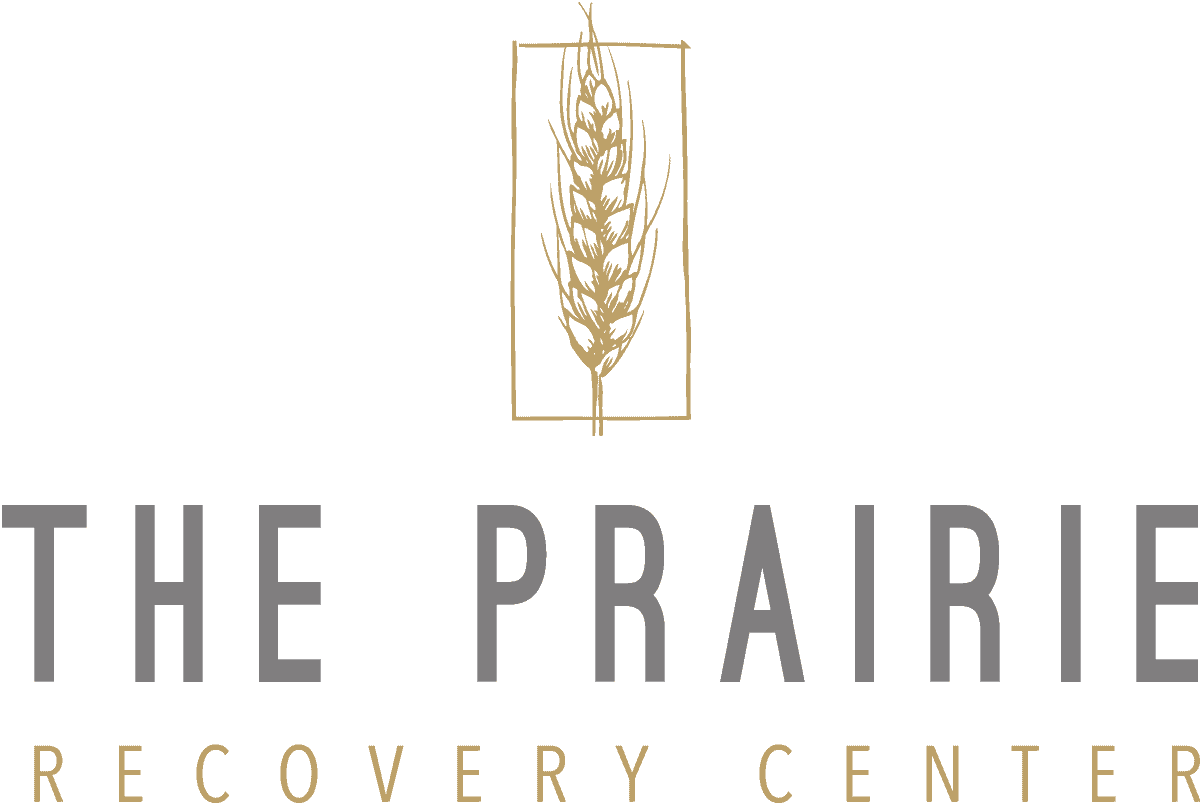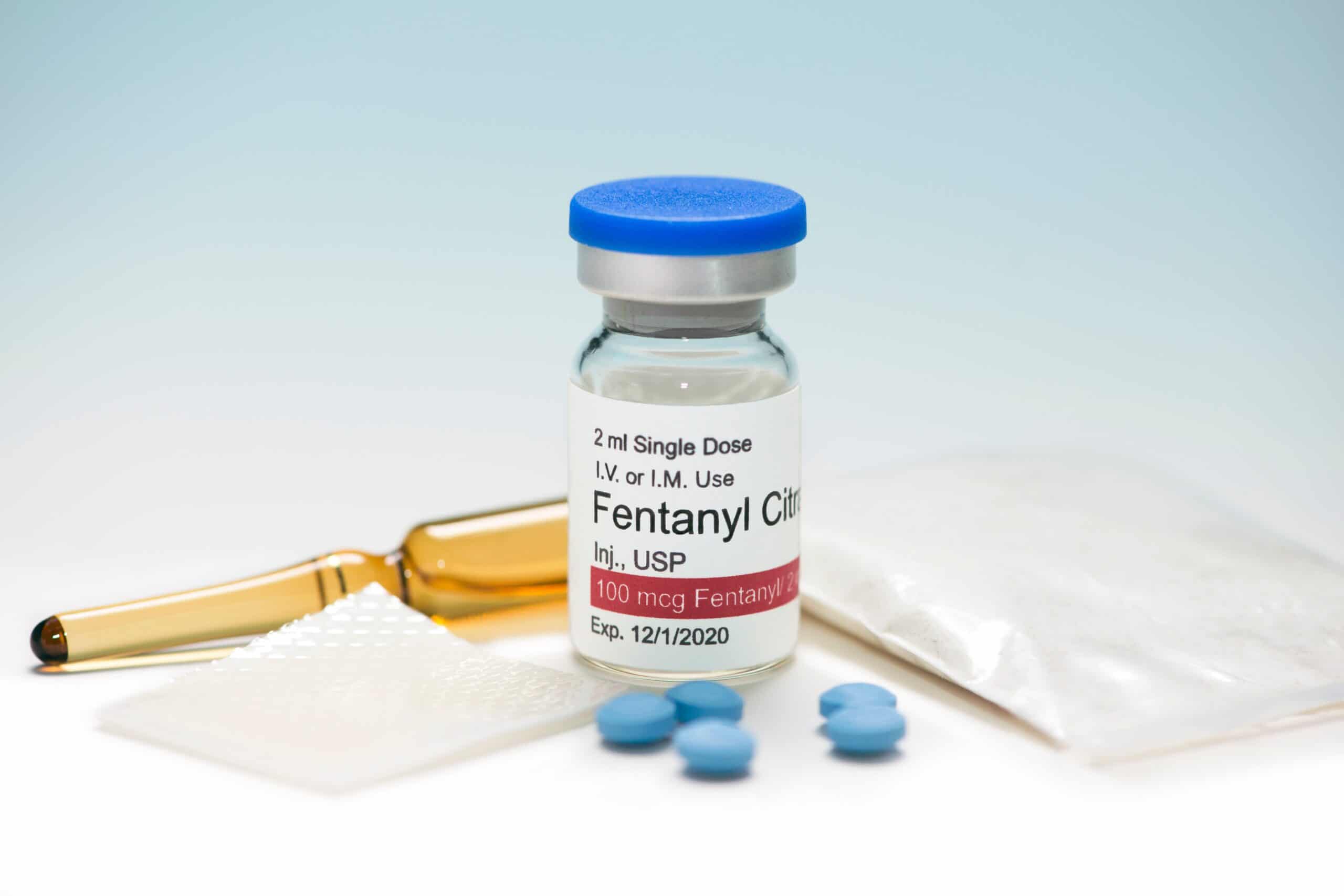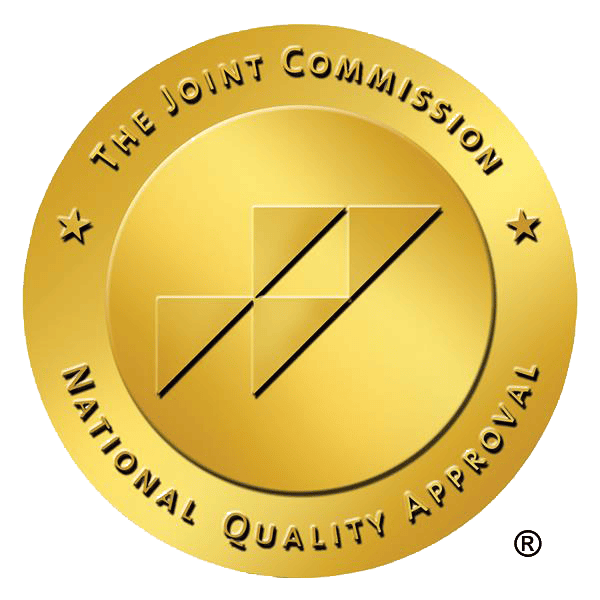Fentanyl addiction has become an alarming issue in recent years, with devastating consequences for individuals and communities. As a potent synthetic opioid 50 times stronger than heroin, fentanyl poses significant risks of abuse and dependence. Recognizing the signs of fentanyl use is crucial to intervene early and prevent further harm.
According to the CDC, deaths involving synthetic opioids, mainly fentanyl, increased by more than 22% from 2020, with nearly 71,000 overdose deaths in 2021. This accounted for almost 88% of all opioid overdoses in 2021.
Understanding Fentanyl Abuse
People typically develop fentanyl addiction through the misuse and abuse of prescriptions or illegally obtained forms. Some individuals may initially be prescribed fentanyl for legitimate medical reasons, such as severe pain, but over time, they develop a tolerance and need increased doses to achieve the desired effect.
Others may use fentanyl recreationally, seeking its powerful euphoric effects. It is frequently mixed with other drugs like heroin or cocaine, often without the user’s knowledge, which increases the risk of overdose and addiction.
Due to its potency and highly addictive nature, even short-term use can lead to physical dependence and fentanyl addiction. With continued use, individuals feel compelled to seek out higher doses to achieve the desired effects, leading to a cycle of dependence and addiction.
Signs of Fentanyl Use and Misuse
There are several symptoms and signs of fentanyl use or misuse. It is important to note that these signs can vary among individuals, and the presence of one or more could also indicate another type of substance use disorder.
Keeping that in mind, some common indications include:
- Behavioral changes: Individuals may exhibit sudden mood swings, increased irritability, agitation, or hostility. They may also display secretive behavior and isolate themselves from friends and family.
- Physical manifestations: Fentanyl use can cause physical effects such as pinpoint pupils (pupils appearing extremely small), drowsiness or sedation, slowed breathing or respiratory depression, nausea or vomiting, constipation, and fatigue.
- Social withdrawal: Individuals who misuse fentanyl withdraw from social activities and isolate themselves from friends, family, and previously enjoyed hobbies or interests.
- Neglected responsibilities: People struggling with fentanyl addiction often prioritize drug use over their personal and professional obligations.
- Financial difficulties: Individuals may experience frequent money problems or resort to stealing in order to fund their addiction.
- Preoccupation with acquiring and using fentanyl: Trying to obtain fentanyl becomes a primary focus for individuals misusing the drug.
- Changes in appearance or hygiene: Neglecting personal hygiene, sudden weight loss, or physical deterioration may be noticeable signs of fentanyl use and addiction.
- Increased risk-taking behaviors: Fentanyl misuse can lead individuals to engage in risky behaviors they would not normally consider, such as sharing needles or other drug paraphernalia, participating in criminal activities, or having unprotected sex with multiple partners.
Fentanyl Withdrawal
Fentanyl withdrawal can be an incredibly challenging and uncomfortable experience. As a potent opioid, abruptly discontinuing or reducing fentanyl use after developing an addiction can trigger withdrawal symptoms.
Common fentanyl withdrawal symptoms include:
- Nausea and vomiting
- Diarrhea and stomach cramps
- Muscle aches and joint pain
- Yawning or excessive yawning
- Runny nose, watery eyes, and sneezing
- Anxiety or restlessness
- Sweating profusely or experiencing chills/goosebumps
- Insomnia or disrupted sleep patterns
- Increased heart rate and blood pressure
- Mood swings, irritability, and agitation
Fentanyl withdrawal can be an intense physical and emotional experience for individuals attempting to quit the drug. It is often described as flu-like symptoms coupled with extreme discomfort and cravings for the drug.
It is important to note that fentanyl withdrawal can potentially be life-threatening due to its impact on respiratory function. As such, it is strongly recommended to seek medically supervised detox treatment.
Fentanyl Detox and Timeline
Fentanyl detox refers to the process of removing the drug from a person’s system and managing withdrawal symptoms. Detoxification is often the first step in treating fentanyl addiction.
The fentanyl detox timeline can vary depending on individual factors such as the duration and intensity of fentanyl use, overall health, and the presence of co-occurring substance use and mental health disorders. However, detox generally progresses through several stages.
Early Withdrawal (Within 12 to 24 hours):
Withdrawal symptoms usually begin within the first day after discontinuing fentanyl. Early symptoms may include muscle aches, restlessness, anxiety, sweating, teary eyes, runny nose, insomnia, and cravings.
Peak Withdrawal (Days 2 to 4):
The most intense withdrawal symptoms typically occur between 2 to 4 days after cessation. These may include severe muscle and joint pain, gastrointestinal issues, nausea, vomiting, diarrhea, increased heart rate and blood pressure, chills/goosebumps, mood swings, irritability, and intense drug cravings.
Long-Term Withdrawal (Days 5 to 14):
Symptoms gradually start to subside during this period but may still be present for up to 2 weeks or longer. Individuals may continue to experience residual symptoms such as insomnia, anxiety, depression, and fatigue.
PAWS (Post-Acute Withdrawal Syndrome):
PAWS refers to a more extended period of ongoing symptoms that can last for months or even years. These symptoms may include sleep disturbances, anxiety, mood swings, cognitive difficulties, difficulty experiencing pleasure, and cravings.
How to Get Help
Seeking professional medical assistance for fentanyl addiction and detox is crucial when someone wants help to reduce the risk of complications. They provide medical supervision, support, and appropriate treatments, including medication-assisted treatment (MAT), to alleviate withdrawal symptoms safely and increase the chances of successful recovery.
Regain Control Over Your Life in Austin, TX
Take the first step of regaining control over your life and overcoming fentanyl addiction. Join us at The Prairie Recovery Center in Austin, Texas, where compassionate professionals are ready to support you each step on your journey to recovery. Discover personalized treatment options, evidence-based therapies, and a nurturing environment that understands your struggles.
Don’t wait any longer – contact us today.






